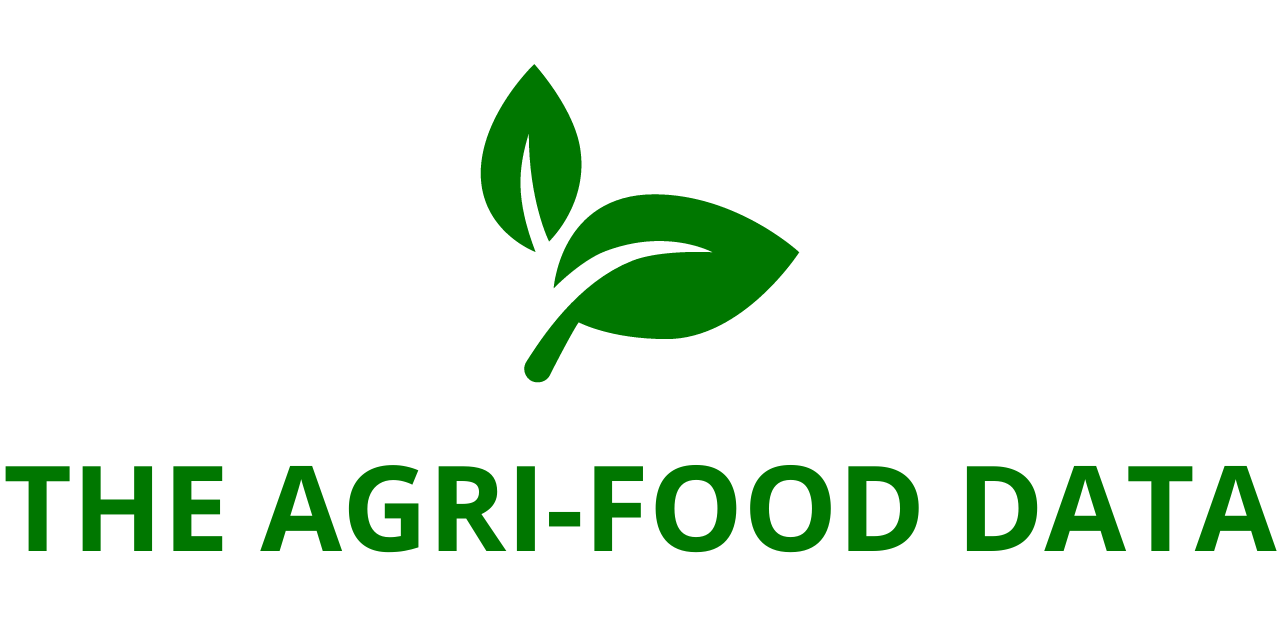
Numerous individuals have embraced DoorDash as a means to supplement their income according to their schedule and preferences. Whether juggling a full-time job, pursuing education, or attending to family needs, Dashers find this flexible opportunity conducive to achieving financial objectives, covering monthly expenses, or indulging in personal treats. However, a common misconception implies that people turn to DoorDash only when unable to secure a ‘traditional’ job. Analyzing data challenges this notion.
Contrary to expectations, there is no direct correlation between high unemployment rates and an increased inclination towards DoorDash. Assessing the demand for dashing by examining the number of first-time Dashers in the first half of 2023 relative to the state’s adult population reveals a negative relationship with state-level unemployment rates in June 2023. States with higher unemployment rates exhibit lower per capita new Dashers compared to states with lower unemployment rates. This suggests that DoorDash isn’t merely a fallback option for those struggling to find conventional employment. Additional labor market metrics, such as the Job Openings and Labor Turnover Survey (JOLTS), echo this trend, reinforcing the idea that people are turning to dashing for reasons beyond job scarcity.
Surveys conducted among Dashers in 2023 align with these findings. Only 4% of respondents cited inability to secure alternative employment as the reason for choosing DoorDash. Moreover, Dashers typically spend a minimal amount of time on deliveries, with 90% devoting less than 10 hours per week. For the majority, DoorDash serves as a supplementary income stream rather than a substitute for a 9–5 job. Of surveyed Dashers, 61% have full- or part-time jobs, or are self-employed, while others have various responsibilities, such as students (8%) or stay-at-home parents (10%). Additionally, three-quarters of Dashers report that less than half of their household income comes from dashing.
Further exploration into the supplemental nature of dashing involves comparing the share of new Dashers in the adult population with average salaries in each state. The data reveals a positive correlation – where average salaries are lower, the share of new Dashers is higher. This implies that people turn to dashing to complement their income when their traditional job’s salary falls short. Academic research also supports this, emphasizing that gig work often serves as supplemental income rather than a replacement for traditional full-time jobs.
Importantly, this supplemental income from dashing can play a crucial role in poverty reduction. Studies indicate that individuals with consistent casual secondary work experience a significantly lower poverty rate, which would nearly double without this additional income. Moreover, gig work proves beneficial for those transitioning between jobs, offering a substantial replacement for lost income. As 67% of Dashers admit to dashing to compensate for lost income or reduced hours at their full- or part-time jobs, it underscores the vital role of DoorDash in providing financial support during various life circumstances





